Things to pack in your carry-on for health and comfort on flights
16th of January, 2020
You may go to great lengths to secure comfortable accommodation and get your required immunisations for your holiday, but how much time do you spend thinking about your comfort and health during flights, particularly long-haul flights?
It’s a well-known fact that planes are a hotspot for germs and viruses, and unless you’re lucky enough to be in First or Business Class it can be difficult to find comfort. Thankfully there are ways you can improve the level of comfort you experience on flights and ways to reduce the chances of you starting of your trip getting sick.
We have created a comprehensive packing list for what you should include in your carry-on the next time you travel.
The list includes many small and lightweight items that won’t take up too much space but can make a world of difference when it comes to your comfort and health. Before you begin packing for your next holiday, be sure to purchase travel insurance.
Having a safety net you can rely on in case your travel plans don’t go smoothly will help you rest easy on your next flight knowing you’re covered for many of things that the unpredictable world of travel can throw your way.
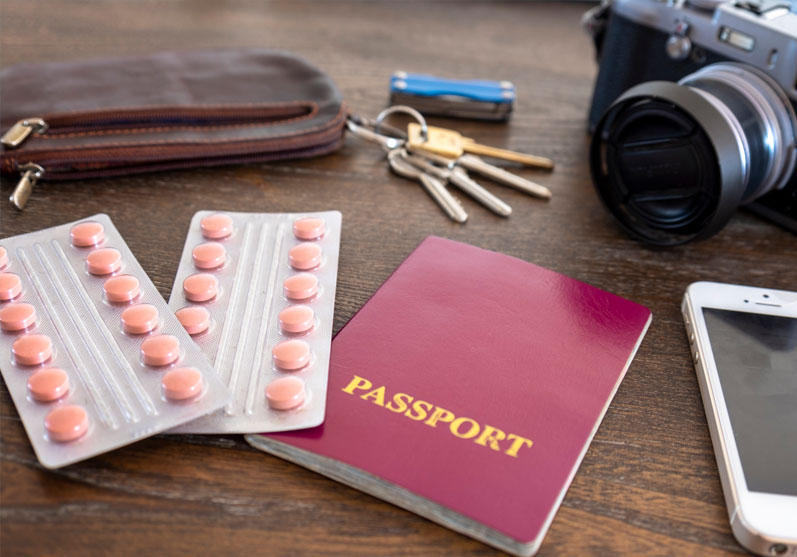
Medications
The most important items to pack in your carry-on luggage are all your necessary medications.
Whether you require medication for conditions like diabetes or high blood pressure, having your medication available throughout your flight could potentially save your life in extreme cases. For instance, if you are prone to severe allergies which may pose a risk on flights, be sure to carry an EpiPen. Don’t forget to also pack an extra pair of eyeglasses and several pairs of spare contacts in case they become damaged or lost during the flight.
Even if you won’t need to take your medication during the flight, it’s always safer to pack your medicines in your carry-on in case your checked luggage is lost or delayed. Be sure to also pack any OTC medications you think you may need since some medications may be hard to come by in certain countries. Always talk to your doctor before your trip to make sure your prescribed and OTC medications will be allowed in the country you are travelling to, as there may be restrictions relating to certain drugs.
Always pack more medication than you think you’ll need for your trip in case you face travel delays caused by instances such as cancelled flights or natural disasters. Be sure to declare all of your pre-existing medical conditions when purchasing travel insurance as failing to do so may void your policy or result in certain claims being denied. InsureandGo considers all pre-existing medical conditions, and many conditions may be covered free of charge.
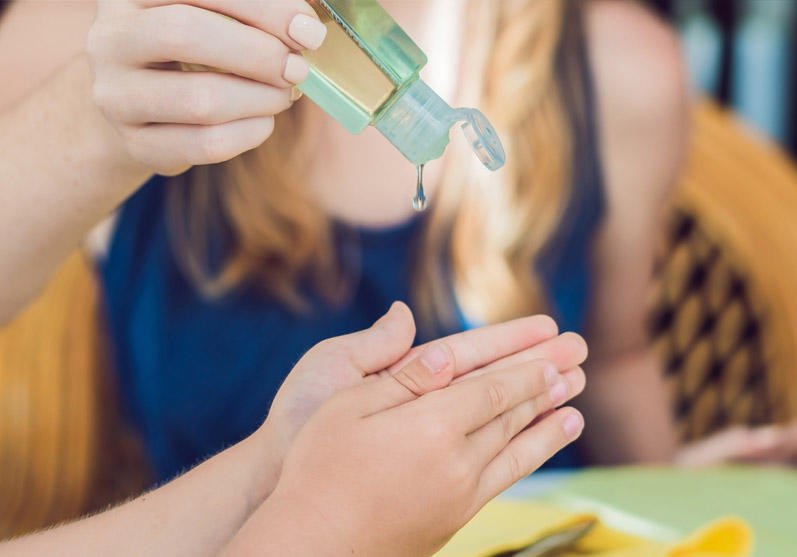
Hand sanitiser or sanitising wipes
You have probably heard that planes aren’t exactly the most hygienic places.
While some areas of planes may be cleaned between flights, many areas are left untouched for quite some time. A number of studies have shown you are much more likely to catch a virus on a plane than when taking ground transportation. Somewhat frighteningly, many of the dirtiest spots on a plane are right where you sit. Items like your tray table, personal entertainment screen, seat belt, seat pocket, and in-flight magazines have been shown to have high concentrations of germs and bacteria.
While you can’t demand that an airline clean the entire plane before your flight, you can carry a travel-size bottle of hand sanitiser and sanitising wipes to do your quick clean of your area. Simply wiping down the items you will come into contact with most frequently during your flight can reduce your chances of being affected by things like viruses and varieties of fungus.
Aeroplane bathroom sinks aren’t that effective for properly washing hands, therefore it pays to carry sanitiser that you can use when you return to your seat. Be especially vigilant about sanitising your hands before digging into your in-flight meals and snacks.
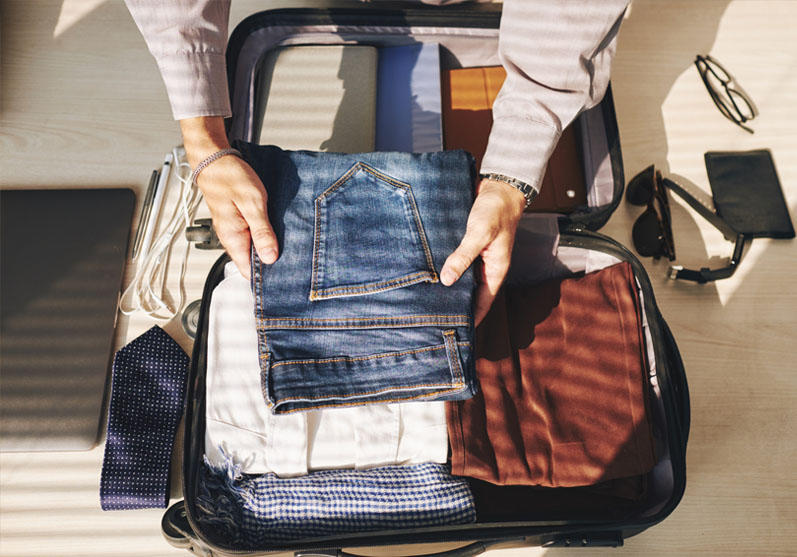
Spare change of clothes
Packing a spare change of clothes in your carry-on is not only a good idea in case your checked luggage is lost or delayed, but it can also come in handy for instances where something is spilled on you or you suffer an accident. Running around an airport can also force you to break a sweat, and having a spare change of dry clothes allows you to slip into something drier and more comfortable for your flight.
Remember to pack a spare change of clothes for your children as well, since children are more prone to spills and accidents. Women will want to make sure to pack any sanitary items they may require during the flight and nursing women may wish to have a few spare dry shirts they can slip into if necessary.
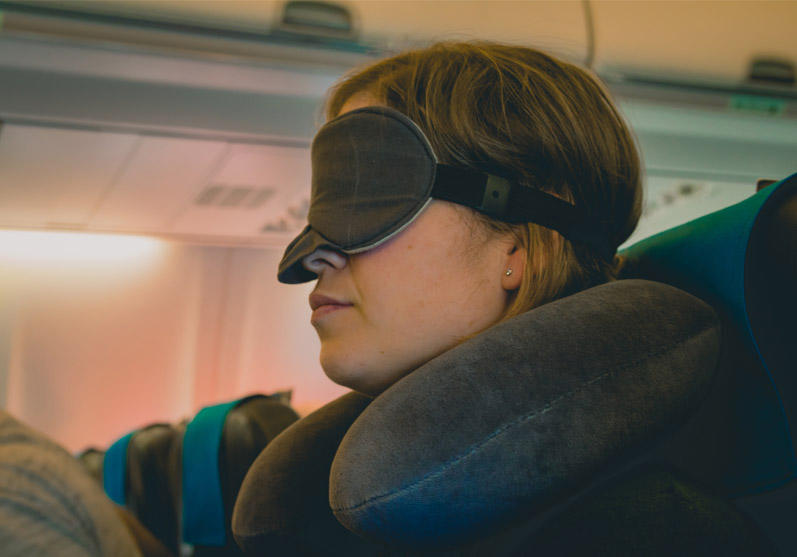
Neck pillow
Unless you’re seated in First or Business Class, falling asleep on a plane can often seem futile.
The pillows supplied by airlines aren’t exactly the most state-of-the-art things to rest your head on so it is usually wise to bring your own. Neck pillows specifically designed for flight travel come in just about every shape, size, and colour imaginable these days. Styles include the classic u-shape, the infinity design, the complete wrap-around, and even one that winds across your body much like a seatbelt.
The key is to try out and select a neck pillow that both fits you and feels comfortable. What works for one person may be useless to another, therefore purchasing a neck pillow online without trying first can be risky. You of course want a pillow that offers good neck support and one that isn’t too cumbersome to carry onboard with you. Some neck pillows can be rather bulky while others are inflatable and pack away quite easily when not in use. Some even have built-in massagers for even more added comfort during your flight. Some also come equipped with zippered pockets in which you can store items like eye masks and earplugs which are items we will discuss further in a moment.
Getting a good rest during a flight allows you to not have to make your way through customs or baggage claim feeling and looking like a zombie.
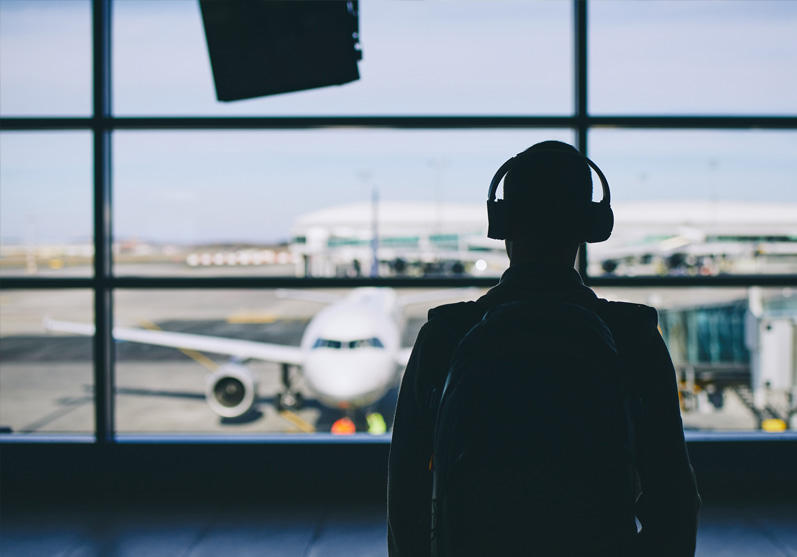
Earplugs and noise-cancelling headphones
Increase your chances of falling asleep even further by packing some quality earplugs or noise-cancelling headphones. Both can help drown out plane engine noise and nearby crying babies. Some earplugs are the basic disposable type often given out to some passengers of certain airlines, while others are more durable and reusable with their own handy storage case.
Disposable varieties are good for the fact they minimise the chances of ear infections. If you decide to use reusable varieties, be sure to clean or disinfect them often to avoid ear infections. Ear plugs are designed using a variety of materials including silicone, PVC foam, and polyurethane. In addition to blocking out sound, certain earplugs are specially designed to help relieve discomfort relating to air pressure differences while flying.
Noise-cancelling headphones can also block out unwanted sounds but also have the benefit of introducing soothing sounds. Anxious flyers can download helpful meditation apps or calming music to help ease their anxiety and stress.
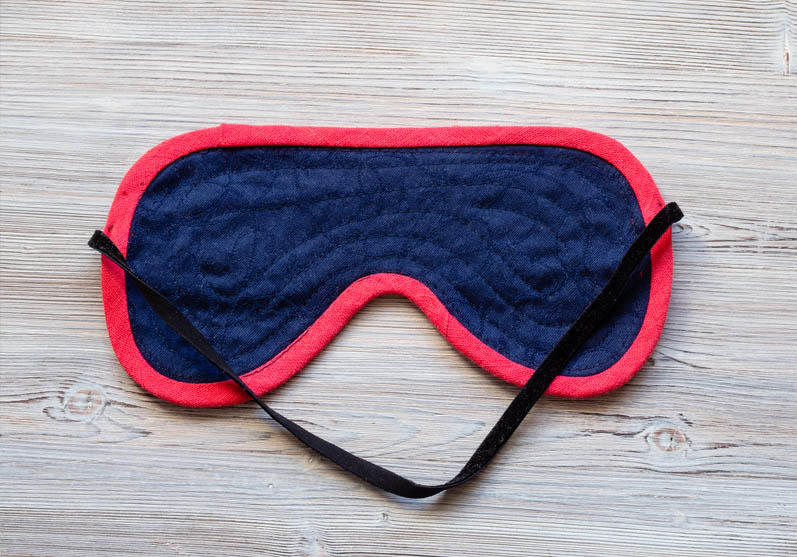
Eye Mask
Many people require total darkness in order to fall asleep and this can be hard to come by on daytime flights and even overnight flights where planes are usually lit up with passenger entrainment screens and safety lights.
Ensure darkness and give yourself a better chance to fall asleep by packing an eye mask. While the cheap wafer-thin masks are uncomfortable and do little to block out all light, there are more quality masks available that conform to the shape of your head and completely block out everything. Some are designed to work well with those wearing makeup and others are made of materials that are safe for sensitive skin.
When shopping for a mask, look for one that is breathable and doesn’t put too much pressure on your eyes or the bridge of your nose. You also want a mask that will stay in place when you move around. Masks can also be useful for flyers suffering from autism who experience visual sensitivity.
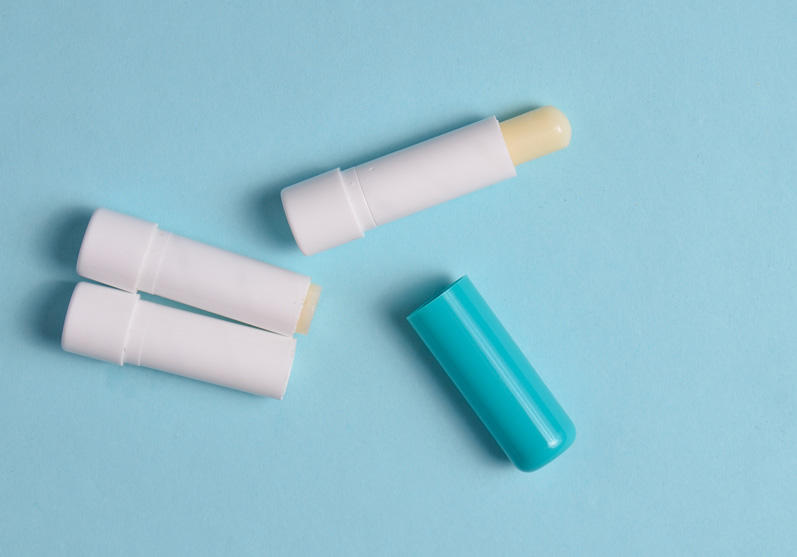
Lip balm and lotion
An airline cabin is a very dry environment, with humidity levels commonly well below 20%. To avoid your skin drying out, be sure to pack travel-size bottles of your favourite face and hand moisturisers. You’ll also want to carry a lip balm, moisturizing eye drops, and possibly a nasal spray if you are prone to these areas drying out easily.
Staying hydrated during your flight will also go a long way to preventing your skin from drying out. Aim to drink at least 200-250 mL of water every hour you’re in the air and avoid consuming alcohol. Staying hydrated will aid your body’s immune system to function properly.
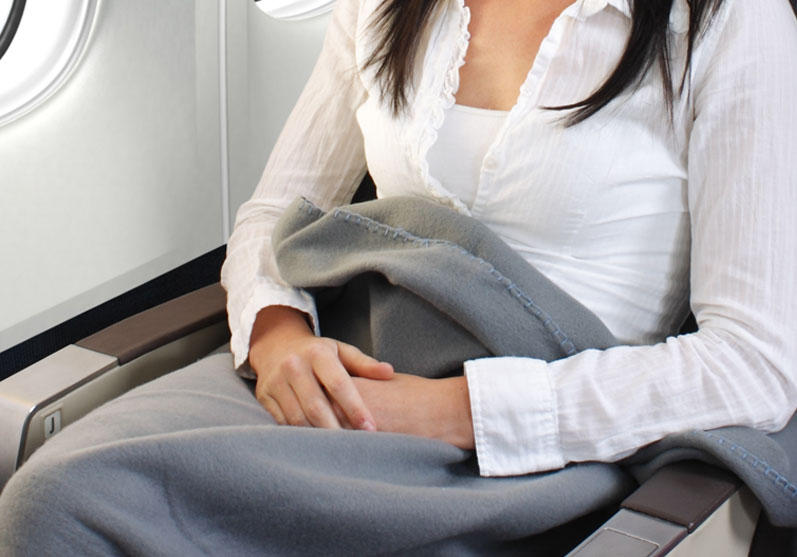
Blanket or light jacket
Many passengers find it to be rather chilly during flights, making it wise to always pack a light jacket or blanket.
While some airlines may provide free blankets, there is no guarantee that there will be enough available and you don’t exactly know how or when they were last cleaned.
Plane cabin temperatures are in fact not that cold, with the average temperature usually being kept around 23°C. This can seem colder since you are usually seated and aren’t moving around much to generate heat. One reason why planes are kept on the cooler side is that it helps avoid passengers fainting from hypoxia, which is sometimes caused when body tissues are deprived of oxygen. Cooler temperatures can also help to prevent motion sickness.
Simply put on that extra layer you packed in your carry-on and be thankful that you don’t have to face the temperatures that are often present on the outside of the aircraft during a flight which can reach as low as -50°C.
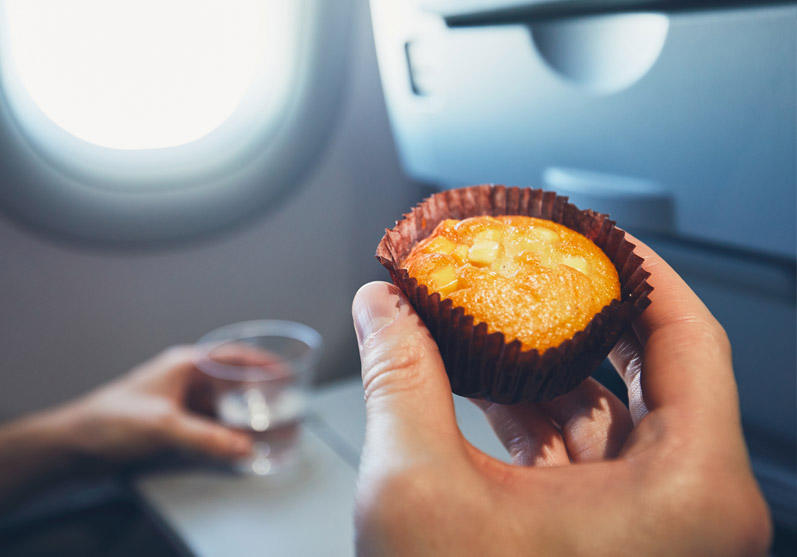
Snacks
While many domestic flights across Australia are short trips, our international journeys are often long-haul affairs.
Spending upwards of 15-17 hours on a plane provides a lot of time to get hungry. It’s always wise to pack a few of your favourite snacks to keep your cravings under control. Food can act as both energy and comfort.
It is also wise to pack your own snacks if you have specific allergies and aren’t certain the airline will be able to provide you with snacks that are safe for you to consume. Even if you get hungry on shorter flights, it pays to bring your own snacks since food items usually carry a much higher price tag when purchased from the airline.
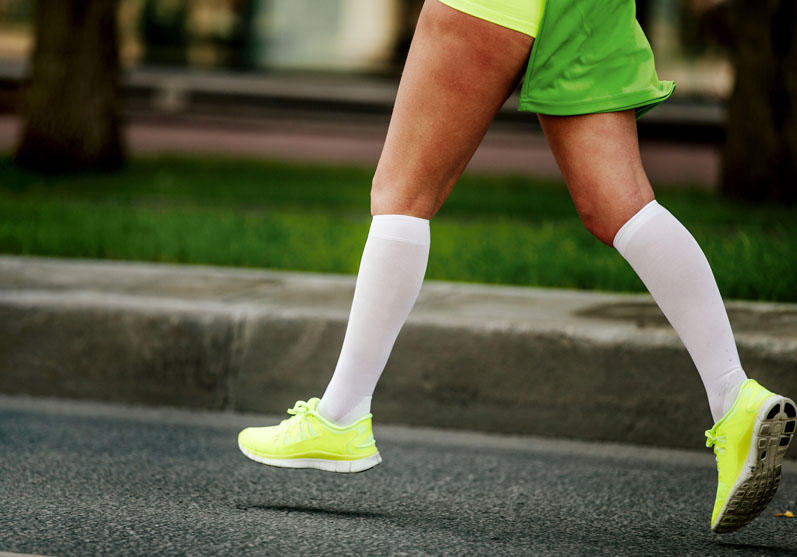
Compression Socks
Some passengers may be at a higher risk of developing DVT or deep vein thrombosis.
Sitting in cramped spaces for extended periods of time can lead to the formation of blood clots in your legs. Those who are commonly more susceptible to this condition include older individuals, those who are considered overweight or obese, and those with circulation problems.
You can reduce your chances of developing DVT by wearing compression socks, which help prevent clots by gently forcing your blood to keep moving through light pressure. They’ll also help keep your feet and lower legs warm during the flight.
